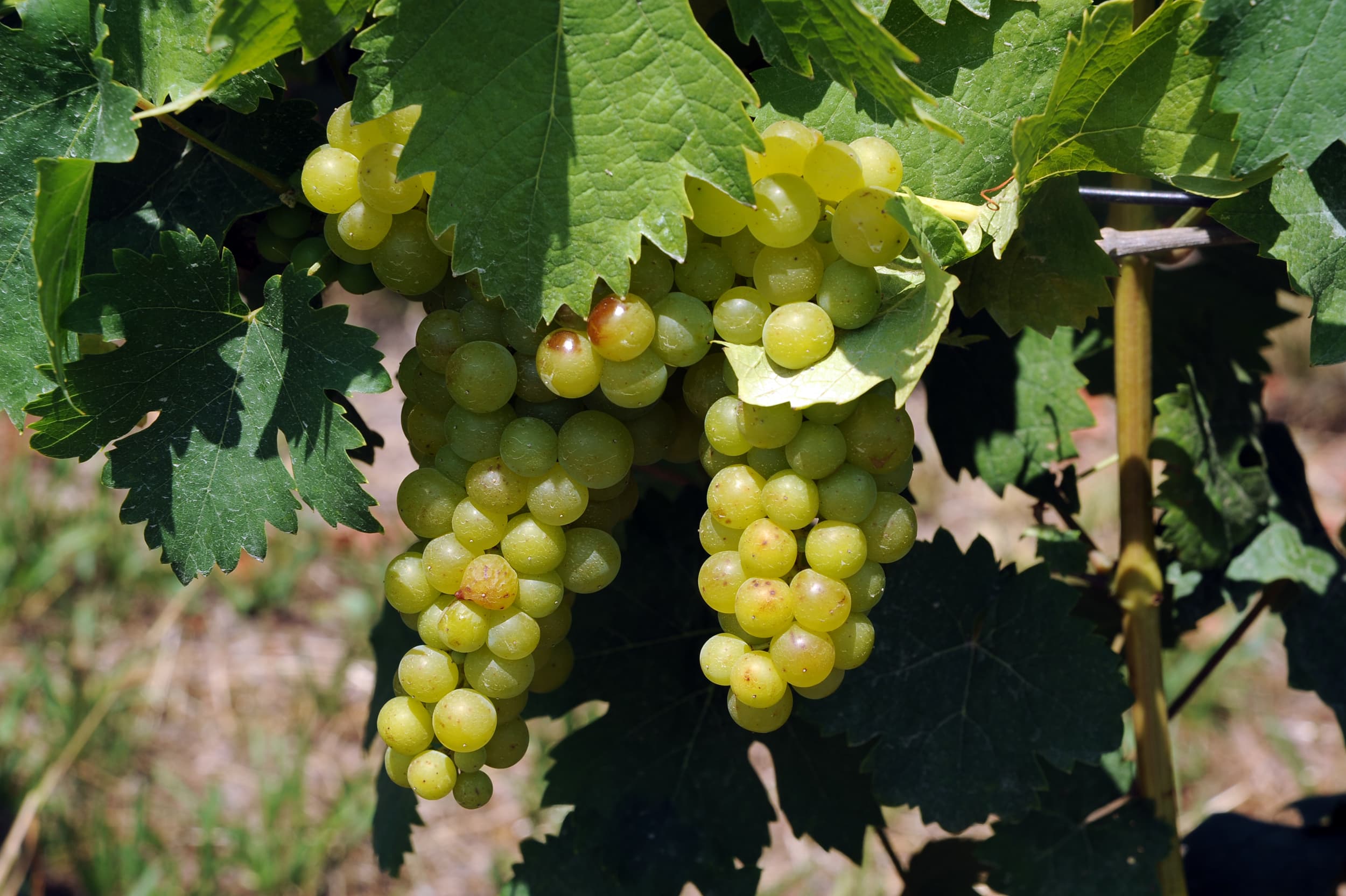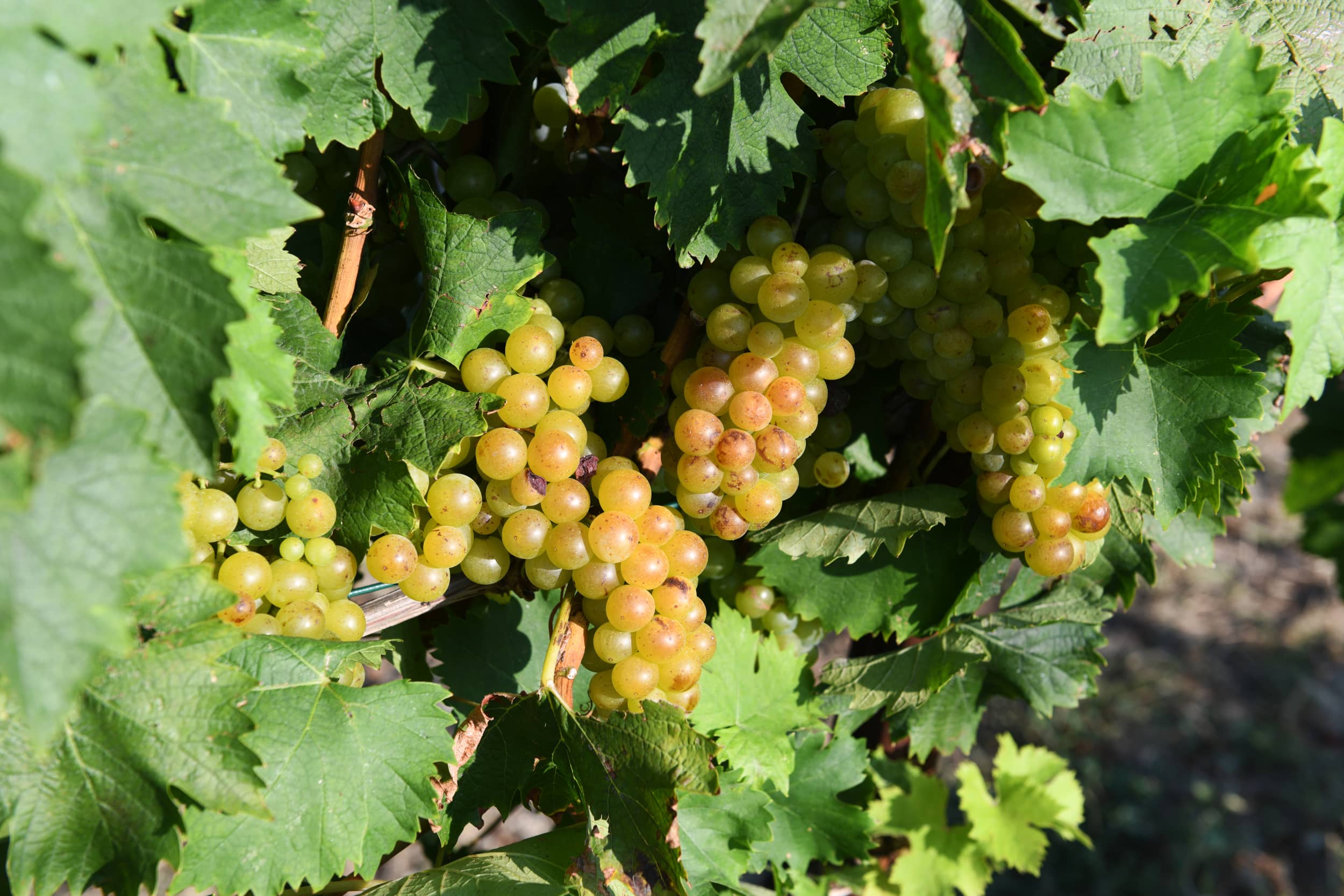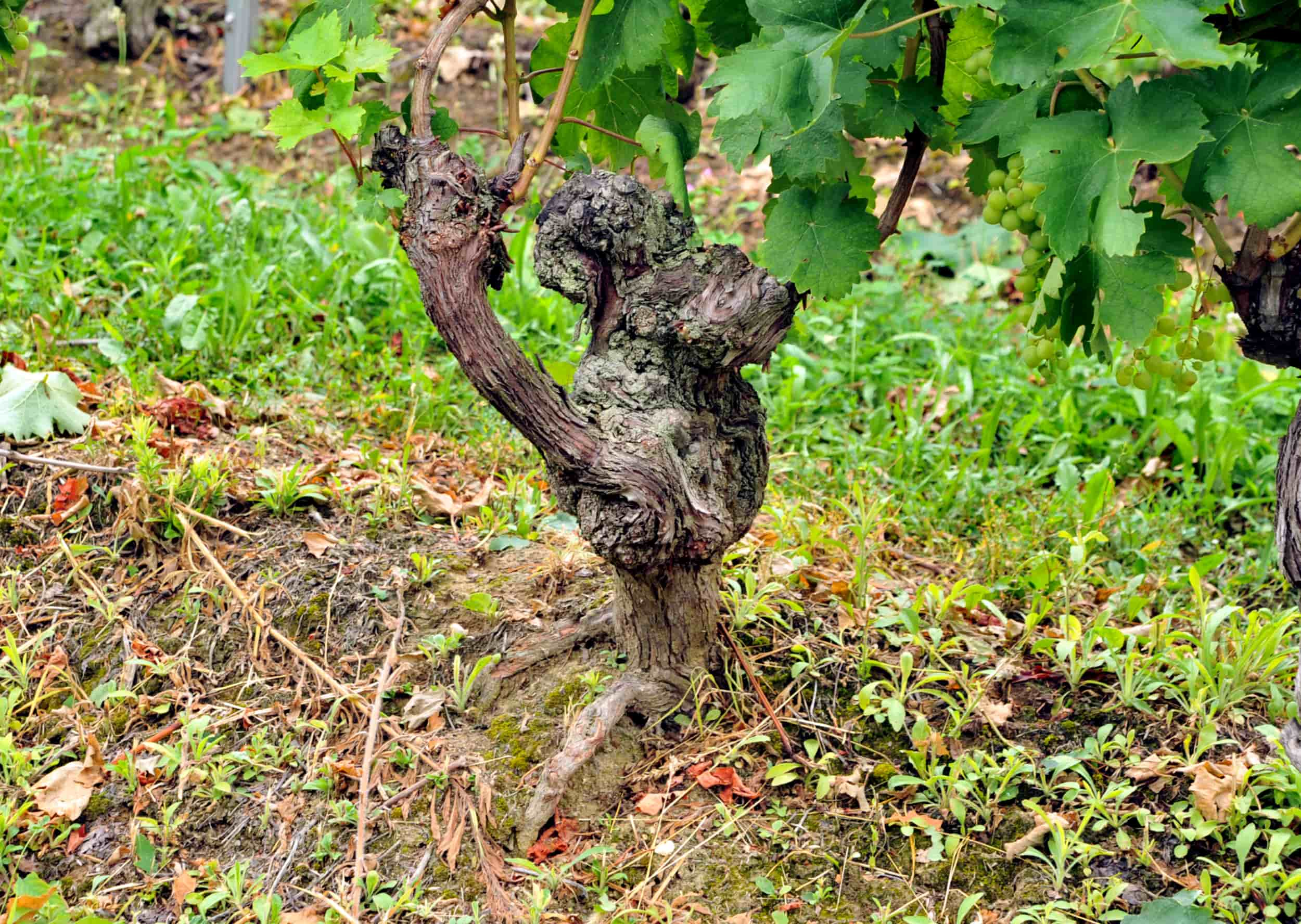The vintage cycle in the vineyard
The vine cycle in each year is divided into successive stages, each with particular purposes and needs. They all constitute the premise for the next one.
The same is true in the relationships between the vegetative and reproductive periods.
After fertilization, the small berries grow at a herbaceous level until they reach almost full size. From that moment on, substantial transformations occur in the fruits which change their consistency, becoming soft, juicy, sweet and colourful. The seeds, inside, perfect their development up to the condition of germination, the moment of complete maturation of the fruits.
The vine must therefore complete many stages in the few months of vegetative activity. Each of these is peculiar due to its climatic needs, nutritional needs and the possible incidence and danger of parasites, both plant and animal.
Always, albeit with variable incidence in the years, each phenological event is closely linked to the previous one. The obvious example is veraison, the beginning of which is defined by the completion of the previous vegetative development.
Although the various phases are closely connected, not all are subject to this dependence to the same extent. The fertilization that has just taken place, for example, is the consequence of the abundance of the flowers present, which mainly depended on the formation of the shoots in the previous year and is also the result of the climatic peculiarities which can be very favorable to this process, or be negative .
The general condition of the plant or vineyard is however important, as the deficiency or difficulty in assimilating some nutritional elements can have negative effects. Furthermore, excessive vegetative development, resulting from the youthful state or the great fertility and freshness of the soil, is still an element against the full fertilization of all flowers. This delicate and important phase is thus the result of the combination of some factors specific to the current vegetative cycle with others that are not strictly dependent on it, even dating back to the previous year.
Once flowering and therefore fertilization have occurred, the young fruits, still in the first stage of their development, represent an important part of the plant. They require nourishment in the first period of their existence, in order to grow and differentiate new cells and quantities of tissue in the second period, when the grapes become preservable and fragrant.
The month of July is a difficult seasonal period, perhaps the one in which the vines are most intensely busy in all the phases that this season entails:
1. complete the green mass reaching full size,
2. they develop abundant root systems,
3. they are often subject to water stress due to the climatic and transpiration conditions typical of this period,
4. the small, newly formed grapes grow.
The last of these phases evolves over a very short period of time. Following these conditions, the cultivated vines can suffer greatly from the negative effect of various factors. Among these, the main highlights are the unfavorable climate, the soil which is not optimal from a physical point of view, the presence of limestone and the vegetative exuberance.
The vineyards therefore show symptoms of suffering, mainly attributable to nutritional deficiencies, resulting from assimilation difficulties.
In midsummer, when the phenological course causes the plant to dedicate itself more to the ripening of the fruits, some of the possible symptoms that were mostly highlighted on the leaves tend to attenuate and, often, disappear.
In spring, therefore, when the greatest manifestations of suffering are expected, it is advisable to foresee and, above all, prevent the causes. The vegetative development as a whole is, in fact, the fundamental prerequisite for the complexity of the physiology of the maturation cycle and therefore of the final result at the harvest.









